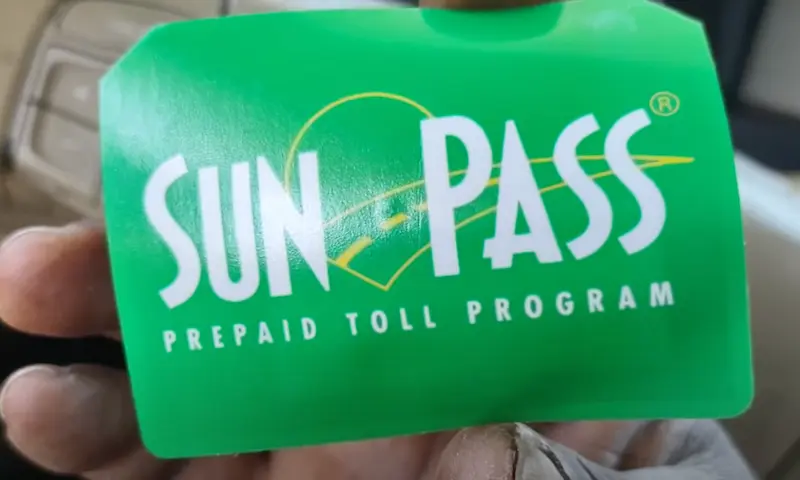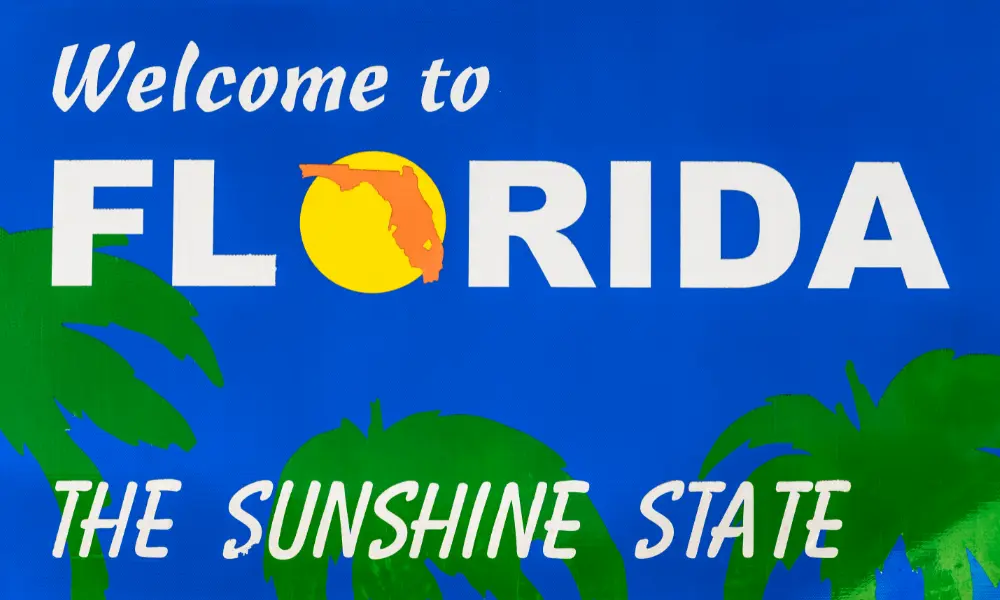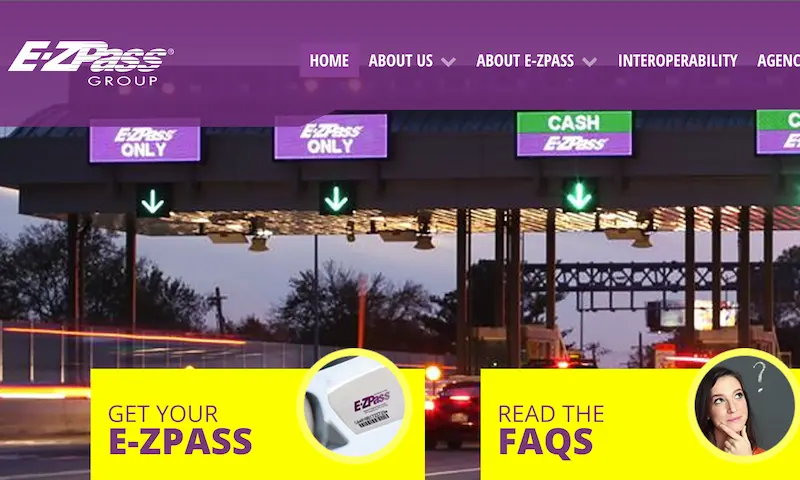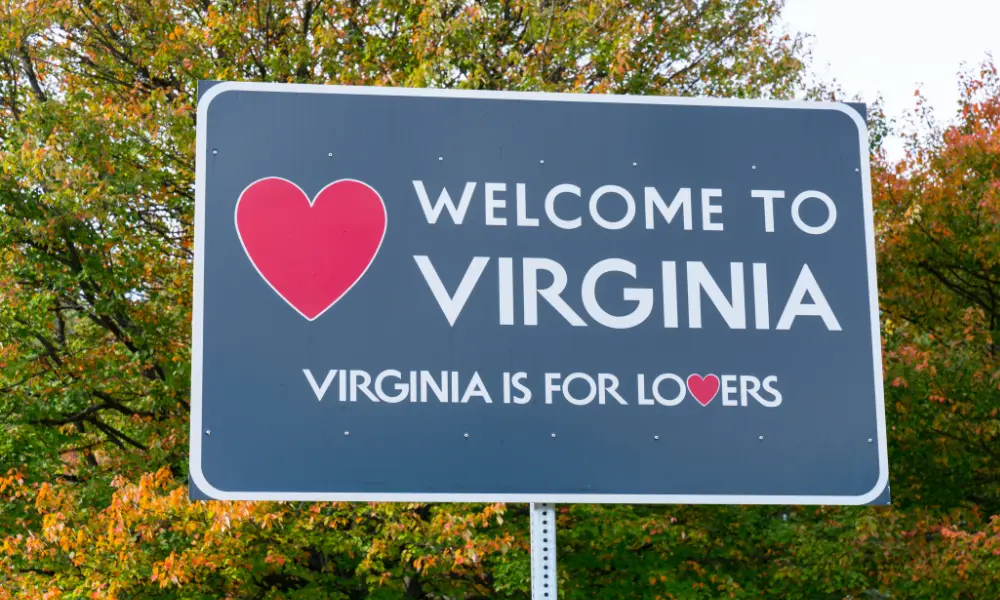Did your phone just buzz with a text about an unpaid toll? Before you click that link, you might want to pause. A wave of sophisticated toll road scams is sweeping across America, targeting drivers in unprecedented numbers. These scammers are getting craftier by the day, and even savvy consumers are falling victim. Let’s dive into what these scams look like, why they’re so effective, and most importantly—how you can protect yourself.
The Explosive Rise of Toll Road Scams
Toll road scams have quadrupled since January 2025, becoming one of the fastest-growing consumer fraud categories in the country. The FBI has received over 60,000 complaints as of March 2025, with the numbers climbing weekly.
What makes these scams particularly dangerous is their believability. They arrive precisely when you might expect a legitimate notification—perhaps a few days after you’ve driven through a toll area. They use official-looking logos, convincing language, and create a sense of urgency that bypasses our usual skepticism.
How These Scams Target You
Fake Violation Notices: The Digital Highway Robbery
The most common approach involves fraudulent notifications claiming you have unpaid toll violations. These arrive via email, text, or sometimes even paper mail, complete with official-looking letterheads and barcodes.
“Pay your outstanding toll balance of $47.50 immediately to avoid a $150 penalty and possible license suspension.”
Sound familiar? These messages include threats of additional penalties, license suspension, or legal action to create urgency. The goal is simple: panic you into paying without verifying.
Smishing: The Text Message Trap
“Smishing”—SMS phishing—represents the fastest-growing toll road scam method. The FBI reported over 2,000 complaints about toll-related smishing scams from just three states by April 2024, with that number exploding to more than 60,000 by March 2025.
A typical smishing text might read:
“FINAL NOTICE: Your unpaid toll of $36.75 from 1/15/25 requires immediate payment to avoid DMV reporting. Pay now: [shortened URL]”
These texts provide links to convincing but fraudulent payment websites designed to harvest your financial information.
Phishing Emails and Spoofed Websites
Cybercriminals also send emails impersonating toll authorities like E-ZPass, FasTrak, or SunPass. These direct you to fake websites that can be nearly identical to legitimate toll payment portals.
The scammers often use URL tricks that are easy to miss:
- Legitimate: www.ezpassny.com
- Scam version: www.ezpass-ny.com or www.ezpass-payment.com
Many scammers employ URL shorteners like bit.ly to mask suspicious links, creating a false sense of security.
QR Code Cons
A more physical variation involves fraudsters placing fake QR codes at actual toll plazas or rest stops. Drivers scanning these codes are directed to spoofed payment pages where their information is stolen. This method blends physical and digital deception, making it particularly convincing.
The Most Targeted Areas
While these scams occur nationwide, cybersecurity firm McAfee has identified the most heavily targeted cities:
| Rank | Metropolitan Area | Scam Concentration |
|---|---|---|
| 1 | Dallas, TX | Very High |
| 2 | Atlanta, GA | Very High |
| 3 | Los Angeles, CA | High |
| 4 | Chicago, IL | High |
| 5 | Orlando, FL | High |
What’s particularly troubling is that even residents of states without toll roads, such as Vermont, are receiving these fraudulent messages. The scammers cast a wide net, knowing that many people travel between states and might believe they incurred a toll while visiting another area.
Inside the Scam Operations
These aren’t random amateurs sending texts from their basements. Toll road scams are run by sophisticated criminal networks with international connections.
The Fraud Factory
Cybersecurity researchers have identified thriving networks on Telegram dedicated to these scams. These groups operate primarily in Chinese and offer turnkey solutions for executing toll road fraud schemes.
According to Genina Po, a threat researcher at Proofpoint, “There’s a lot of people using the kits. There’s no one person… A lot of them are Chinese users. The Chinese language is a big part of this scene.”
Phishing Kits: Scam-in-a-Box
The backbone of these operations is the distribution of “phish kits” – software packages that make it easy to create convincing fake payment pages. These kits are sold or licensed on Telegram, allowing even technically unsophisticated criminals to operate these scams.
Palo Alto Networks reported that threat actors have registered over 10,000 domains specifically for toll service scams, targeting at least 10 U.S. states and Ontario, Canada.
Red Flags: How to Spot a Toll Road Scam
The good news is that these scams have tell-tale signs once you know what to look for:
Unusual Contact Methods
Legitimate toll authorities have specific ways they contact you. For example, E-ZPass and most other toll authorities will send official notices through postal mail, not text messages, for first-time violations.
If you receive a text about tolls, that’s an immediate red flag.
Urgency and Threats
Scammers create artificial urgency with language like:
- “Pay within 24 hours to avoid penalties”
- “Immediate payment required”
- “Legal action pending”
Legitimate toll authorities typically provide reasonable timeframes for payment and multiple notices before penalties.
Strange Phone Numbers
Many toll scam texts come from:
- International numbers
- Numbers with different area codes than your local toll authority
- Generic 5-digit short codes not associated with toll agencies
Suspicious Payment Methods
Be wary if you’re asked to pay using:
- Gift cards
- Wire transfers
- Cryptocurrency
- Payment apps to individuals rather than agencies
Technical Evasion Requests
Watch for these unusual instructions:
- “Reply ‘Y’ to reopen this message” (attempting to bypass Apple’s link-blocking)
- “Copy and paste this link instead of clicking” (evading security protections)
- “Call this number immediately” (trying to get you on the phone with a scammer)
How Legitimate Toll Collection Actually Works
Understanding how real toll authorities operate helps identify fraudulent communications:
| Legitimate Toll Practices | Scam Red Flags |
|---|---|
| Sends initial notices via postal mail | Contacts via text or email for first notification |
| Provides multiple notices before penalties | Claims immediate payment needed to avoid penalties |
| Includes specific toll location and date | Offers vague or generic violation information |
| Directs to official .gov or established toll websites | Links to recently created websites or shortened URLs |
| Never asks for Social Security numbers | May request excessive personal information |
| Offers multiple payment options | Insists on one specific payment method |
E-ZPass and Tolls by Mail never send texts or emails requesting personal information such as credit card details, birthdays, Social Security numbers, or other personally identifiable information.
Protect Yourself: Your 7-Step Defense Plan
- Never click links in unexpected texts or emails claiming to be from toll authorities. Go directly to the official website by typing the address yourself.
- Verify any toll violations by contacting the toll agency directly using their official customer service number (found on their website, not from the notification).
- Check your toll account regularly if you have an E-ZPass, SunPass, or similar transponder system. This helps you know if you actually have outstanding tolls.
- Forward suspicious texts to 7726 (SPAM), which helps carriers identify and block scam numbers.
- Report toll scams to the FBI’s Internet Crime Complaint Center (IC3) at www.ic3.gov and the FTC at ReportFraud.ftc.gov.
- Use credit cards rather than debit cards for toll payments when possible, as they offer better fraud protection.
- Keep your transponder account up to date with current payment methods and contact information to reduce the likelihood of legitimate violations.
What to Do If You’ve Already Fallen for a Scam
If you’ve clicked a link or made a payment to what you now suspect was a scam:
- Contact your financial institution immediately to report the fraud and request a charge reversal.
- Change passwords for any accounts that might be compromised, especially if you used the same password elsewhere.
- Place a fraud alert on your credit report through any of the three major credit bureaus (Experian, Equifax, or TransUnion).
- Monitor your accounts closely for any unauthorized charges or suspicious activity.
- File reports with both local law enforcement and federal authorities like the FBI’s IC3.
















